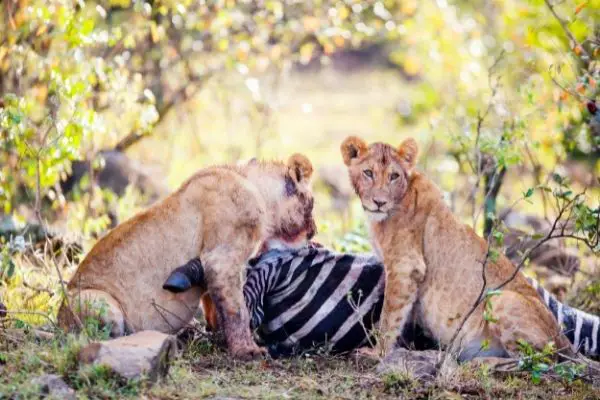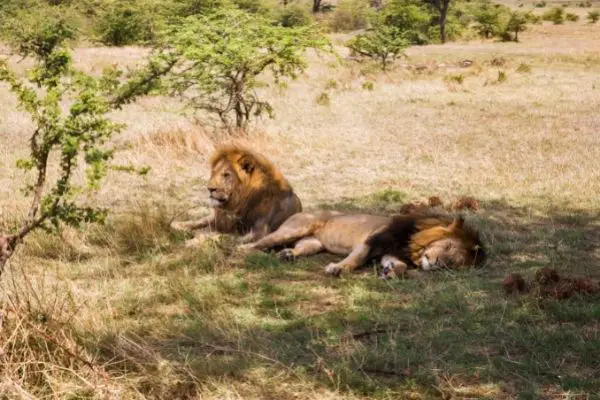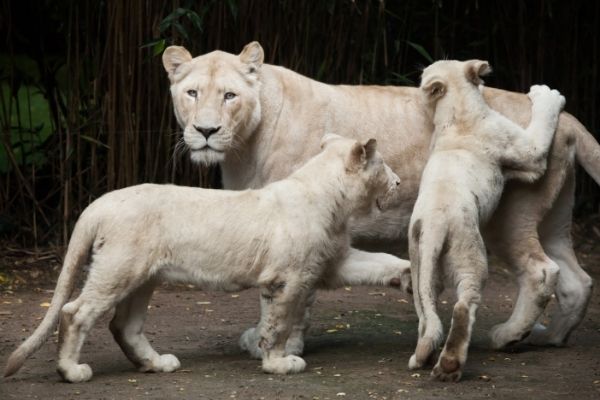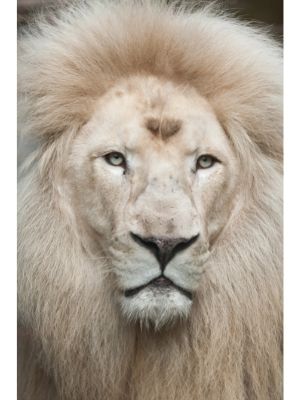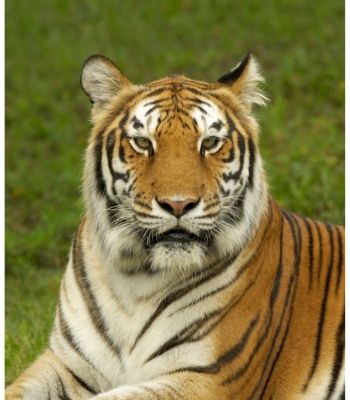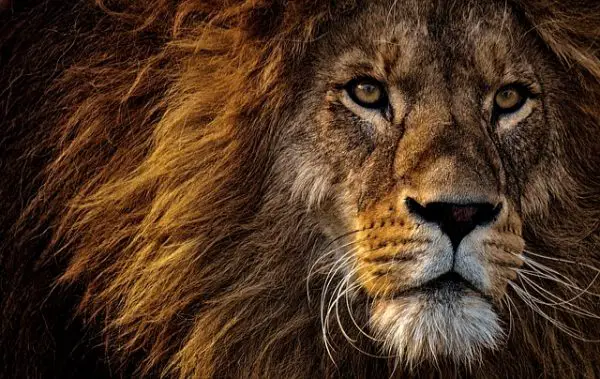The Transvaal lion is a subspecies of lion that is found in the southern parts of Africa. They have the largest social structure among all the subspecies of lions. We have gathered complete Transvaal Lion Facts that will help you in learning all about Transvaal Lion. You are going to learn its scientific name & classification, physical features, diet, habitat, lifespan, reproduction, social structure, population, and many other interesting facts about Transvaal Lion.
Transvaal Lion Facts
What Is A Transvaal Lion
- The Transvaal lion is also known as the Kruger, South African, or Southeast African lion. It lives in southern Africa.
- It is a large, strongly built cat with a long body, big head, and short legs.
- It is named Transvaal lion because it lives in the Transvaal region, in South Africa.
- They generally reside in Kruger Park, southern Namibia, Kalahari, southeastern Mozambique, and Zimbabwe.
- Transvaal lions have the largest social structure as compared to other lions. The male usually protects the tribe, while the female hunts and provides food.
- The male Transvaal lion is famous for its iconic mane, which wraps around his head and goes down the back.

Scientific Name
- The scientific name for the Transvaal lion is Panthera leo krugeri.
Scientific Classification Of Transvaal Lion
The following is the scientific classification of the Transvaal lion:
| Kingdom | Animalia |
| Phylum | Chordata |
| Class | Mammalia |
| Order | Carnivora |
| Family | Felidae |
| Genus | Panthera |
| Species | Panthera leo |
| Subspecies | Panthera leo krugeri |
Transvaal Lion Appearance
- The Transvaal lion is a huge cat with a long body and a big head. The male Transvaal lion usually has a well-developed mane, which is their most prominent feature. The females do not have manes.
- Transvaal lions possess yellow manes when they are young but the color darkens as they grow up, and becomes dark brown or black.
- They are well developed for their hunting abilities. Transvaal lions have muscular rear legs, which help them in jumping, while their front legs are developed for trapping and seizing their prey.
- Transvaal lions acquire loose bellies that prevent them from getting seriously injured when attacked.
How Big Is A Transvaal Lion – Transvaal Lion Size
- The overall body length of an adult Transvaal male is 2.6–3.2 m (8.5–10.5 ft).
- The average size of a Transvaal female measures around 2.35–2.75 m (7.7–9.0 ft) not including their tails.
How Heavy Is A Transvaal Lion – Transvaal Lion Weight
- An adult male weighs about 150–250 kg (330–550 lb), while females weigh 110–182 kg (243–401 lb).
- The heaviest specimen of the Transvaal lion was measured in 1936 and weighed about 690 pounds.
Transvaal Lion Life Cycle
- The life cycle of Transvaal lions starts when the cubs are born after a gestation period of 100-119 days.
- Male lions reach sexual maturity at the age of 3, while females attain sexual maturity after 2 years.
- Transvaal lions mate at all times of the year. A female Transvaal lion can give birth to 5 cubs.
- Because the gestation period is so short, the Transvaal cubs hardly weigh 5 pounds when they are born. The cubs are unable to open their eyes until they are 3 weeks old.
- The mothers care for all cubs that are born instead of only caring for their offspring.
- Cubs need nursing until they are 8 months old. During this time, cubs follow their mothers to learn how to hunt.
- The cub leaves the tribe at 2 years of age to start their tribe.
How Long Do Transvaal Lions Live – Transvaal Lion Lifespan
In wild
- Transvaal lions can live up to 15 years in the wild.
In captivity
- In captivity, Transvaal lions can live up to 30 years.
What Do Transvaal Lions Eat – Transvaal Lion Diet
- Transvaal lions feed on large animals such as:
- blue wildebeest
- giraffes
- impalas
- gemsbok
- buffaloes
- Thomson’s gazelle
- warthogs
- kobs
- zebras that are present around the African grasslands.
Where Do Transvaal Lions Live – Transvaal Lion Habitat
- The Transvaal lion lives in semi-arid habitats including open grasslands and the savanna.
- They are generally found in Kalahari, Kruger Park, southern Namibia, southeastern Mozambique, and Zimbabwe.
How Many Transvaal Lion Are Left In The World – Transvaal Lion Population
- The total number of Transvaal lions is more than 2000 individuals in the well-protected Kruger National Park.
Transvaal Lion Male Vs Female
- The Transvaal lion is famous for its iconic mane, which only the male possesses.
- Female Transvaal lions are the hunters and leaders of the pride, while male Transvaal lions defend the pride’s territory.
- One male Transvaal lion might mate with several female partners and even kill their cubs from previous male partners to have their cubs with her.
Transvaal Lion Physical Adaptations
Following are some of the physical adaptations of the Transvaal lion:
Sharp Eyesight
- Transvaal lions have the biggest eyes out of any meat-eating animal.
- Their sharp eyesight helps them spot their prey from miles away, making it easier for them to hunt down their prey.
Strong Jaw
- Transvaal lions have big and strong jaws which help them prey on large animals such as zebras and baboons.
Rough Tongue
- Transvaal lions have a rough tongue which aids them in peeling off the skin from the organism’s bone.
Strong Legs
- Transvaal lions have strong front and hind legs that allow them to run very fast to catch their prey.
- They are also excellent jumpers and can jump over 35 feet in one leap.
Transvaal Lion Behavior
- Transvaal lions are huge cats that live in groups called pride.
- Each pride consists of 4-12 related adult females, 2-3 males, and cubs. The males protect and defend the pride while females hunt and lead the pride.
- The Transvaal lions usually hunt big animals like zebras, giraffes, and impalas but they might hunt smaller animals too, when necessary.
- Transvaal lions can sleep over 20 hours a day and hunt at dawn or dusk. The hunting is usually done by females.
- Male Transvaal lions have to fight each other to determine who will be leading the tribe. A lot of male lions die out during this process but the ones who win the fight get to be the leader for the rest of their lives.
- Transvaal lions have the widest social abilities. The female Transvaal lions gather as much food as possible when they go hunting. Males get to eat the food before the females or cubs do.
Transvaal Lion Vs Bengal Tiger
| Transvaal Lion | Bengal Tiger |
| Transvaal lions live in southern Africa. | Bengal tigers live in India. |
| They are also called Kruger or South African lions. | They are also called Indian tigers. |
| Transvaal lions live in groups, called pride. | Bengal tigers like to live alone. |
| They usually hunt at dusk or dawn. | They are nocturnal animals. |
| Transvaal lions are famous for their iconic mane that is only possessed by males. | Bengal tigers do not have a mane but old males have long hair on the cheeks. |
| They can eat up to 7 kgs (16 lbs) of meat in one day. | They can eat up to 27 kg (60 lbs) in one day. |
| Transvaal lions are well-known for their strength and courage. | Bengal tigers are well-known for their fearsome reputation. |
Interesting Facts About Transvaal Lions
- The Transvaal lions are the southernmost subspecies of African lions. They range from southern Namibia to southeastern Mozambique.
- They are named after the Transvaal region, where they are mostly found.
- The iconic white lions are the color mutation of Transvaal lions and are very rare. They are mostly reserved in zoos around the world.
- Transvaal lions are big cats that usually live in groups of 10 or 15 individuals called pride.
- Male Transvaal lions can sleep up to 20 hours a day. The females usually do the hunting and leading for their pride.
- A baby Transvaal is called a cub, whelp, or lionet.
- The cubs are reared together by the females of the pride and are taught how to hunt.
- An adult Transvaal male’s roar can be heard up to 8 km away.
- An adult Transvaal lion needs 5-8 kg of meat a day.
- They have no predators but Transvaal lions are vulnerable to humans, starvation, and attacks from other adult lions.
- Transvaal lions live in pride because it provides greater hunting efficiency, The females hunt and lead the pride, and males defend their territory.
- They use tactile communication to communicate with other pride members or to show aggressiveness when threatened.
- Transvaal lions are famous for their appearances in cartoons and movies. They are also the subject of many research efforts and animal documentaries.


